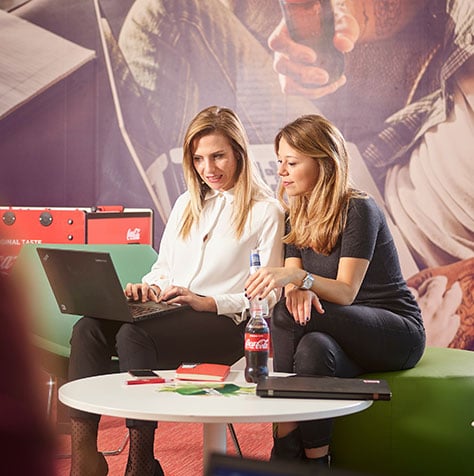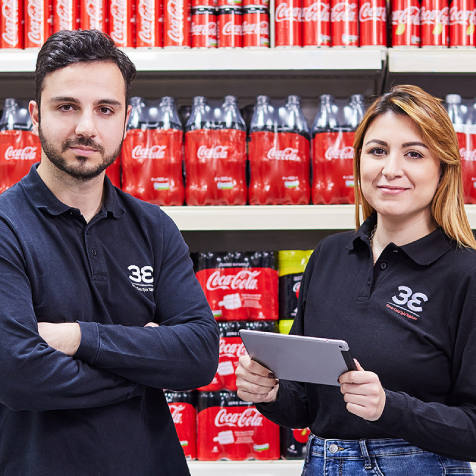Our strategic pillars - Leverage our unique 24/7 portfolio, Win in the marketplace, Fuel Growth through competitiveness & investment, Cultivate the potential of our people and Earn our license to operate - provide the context for guiding us in the management of the risks faced by our business.
We continuously validate our principal risks and update and report them regularly including in our Annual Report. This is achieved through our ongoing ability to aggregate and analyse risk, our functional collaboration and the think tank approach of the company's Group Risk and Compliance Committee.
We have summarised our principal risks and opportunities within four key groups to emphasise the interrelated nature of many of our risks:
A1 - Foreign exchange fluctuations
A2 - Marketplace economic conditions
A3 - Suppliers and sustainable sourcing
A4 - Complying with international sanctions
- Group B: Maintaining operational excellence in volatile markets
B1 - Cyber incidents
B2 - Business interruption
B3 - Product quality and food safety
- Group C: Protecting, supporting and developing our people
C1 - Geopolitical and security environment
C2 - Health and safety
C3 - People attraction and retention
- Group D: Enhancing the sustainability of our business
D1 - Product-related regulatory changes and taxes
D2 - Cost and availability of sustainable packaging
D3 - Managing our carbon footprint
D4 - Impact of climate change on the cost and availability of water
In addition, we have summarised our emerging risks and opportunities as follows:
- Group E: Emerging risks and opportunities
E1 - Impact of extreme weather on our production and distribution
E2 - Impact of climate change on the cost and availability of key ingredients
E3 - Impact of misinformation and disinformation
E4 - Omni-channel evolution
E5 - Impact of consumer perceptions of our environmental performance





